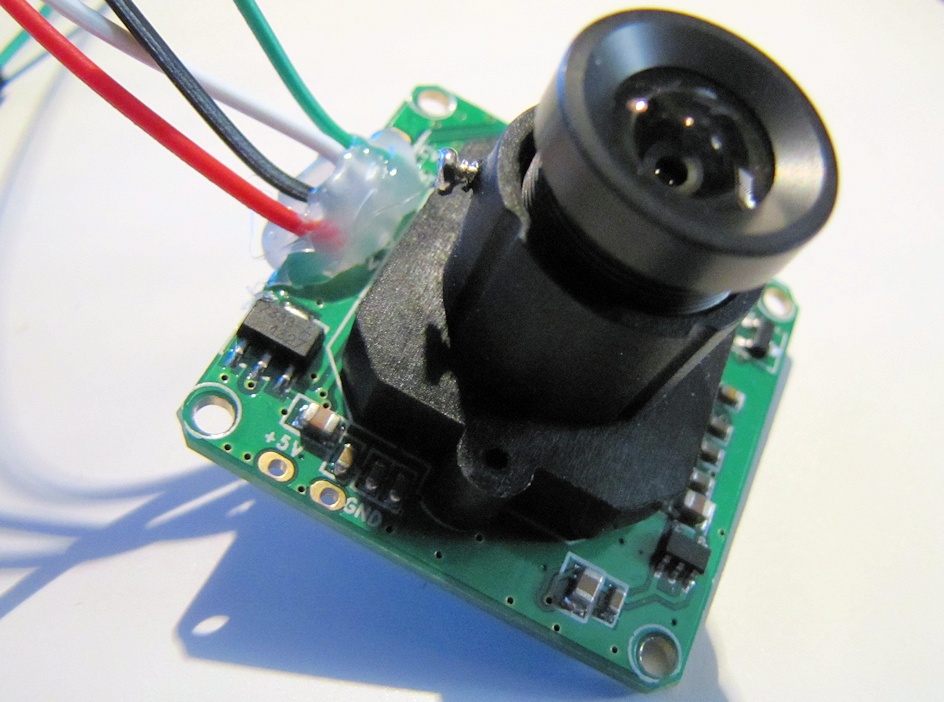What is the lowest possible clock frequency at which a microcontroller can still do useful work? Here’s a little project that attempts to explore this weird question.
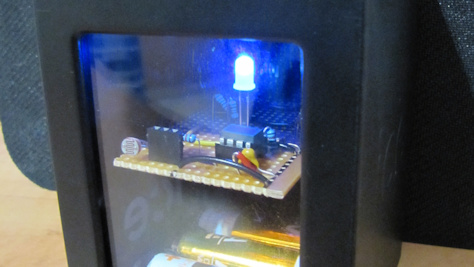
This Chinese “8-Channel USB Relay Board” requires a 12V power supply, and it’s also supposed to plug into the PC for convenient software control. But there was nothing convenient about the software, and I wanted it to work directly with Arduino and other MCUs anyway. Here’s how I replaced the USB interface with a basic UART.
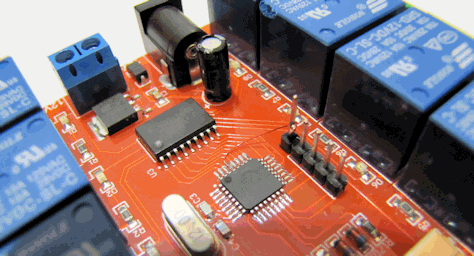
Continue reading Adding a UART Interface to a USB Relay Board
Back in the early 80’s, children around the world spent endless hours solving multiple-choice quizzes on an electronic toy called “TOMY Teacher” (AKA “Sears Quiz-A-Tron”). In those days, bytes weren’t cheap; so how did this device remember all the solutions to all of its quizzes?
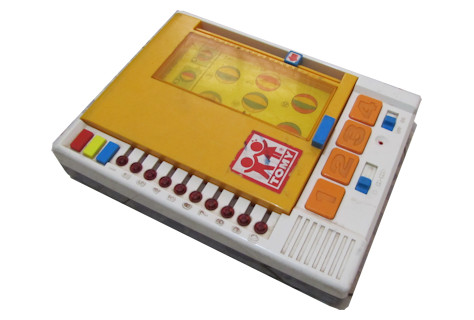
The story of a silly misunderstanding, by way of which I significantly improved the efficiency of the MagSpoof (Samy Kamkar‘s famous project).
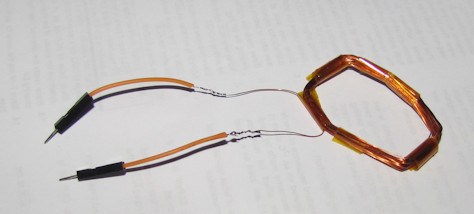
Continue reading How I Misunderstood and Improved the MagSpoof
Version 1.6.6 of the Arduino IDE is upon us, and with it – among other novelties – is the Serial Plotter, a basic graphing utility for visualizing data, debugging and show-off. What is it, and how to use it? Here’s a little guide…
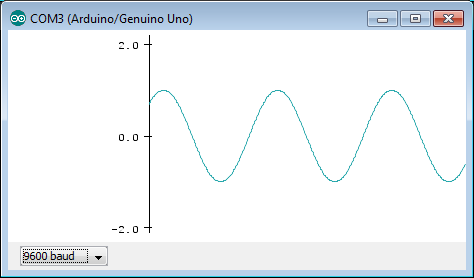
What does the world look like through the eyes of a light dependent resistor (LDR)? My unimpressive PunyCam shows us the answer… ever so slowly!
Can the PC’s mouse input be used to send binary data from an embedded system to a desktop software? And, more importantly, can this be done without affecting the regular usage of the mouse? As it turns out, within a few limitations, the answer is yes. Here’s how.
How Arduino’s Serial transmissions are constructed, and a basic demonstration of the ATtiny85 sending Serial-like messages using an internal timer and some basic bit manipulation.
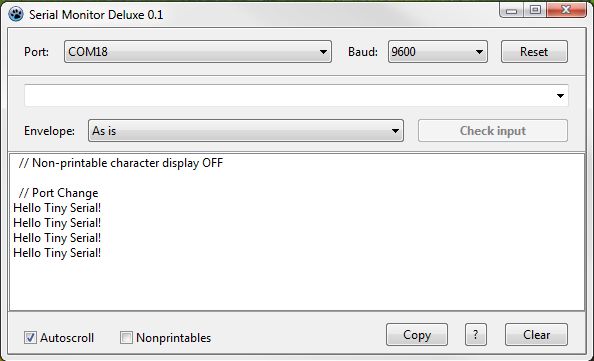
Continue reading Getting an ATtiny85 to Transmit Over Serial
An Arduino equipped with a camera sounds like a great start for a wide variety of projects. Unfortunately, the Arduino’s hardware is really not up to the data volumes and rates required for meaningful image processing. This problem has a few partial solutions. In this post I will present one of them – a serial-connection camera with the VC0706 chip, and the dedicated code library by Adafruit.
